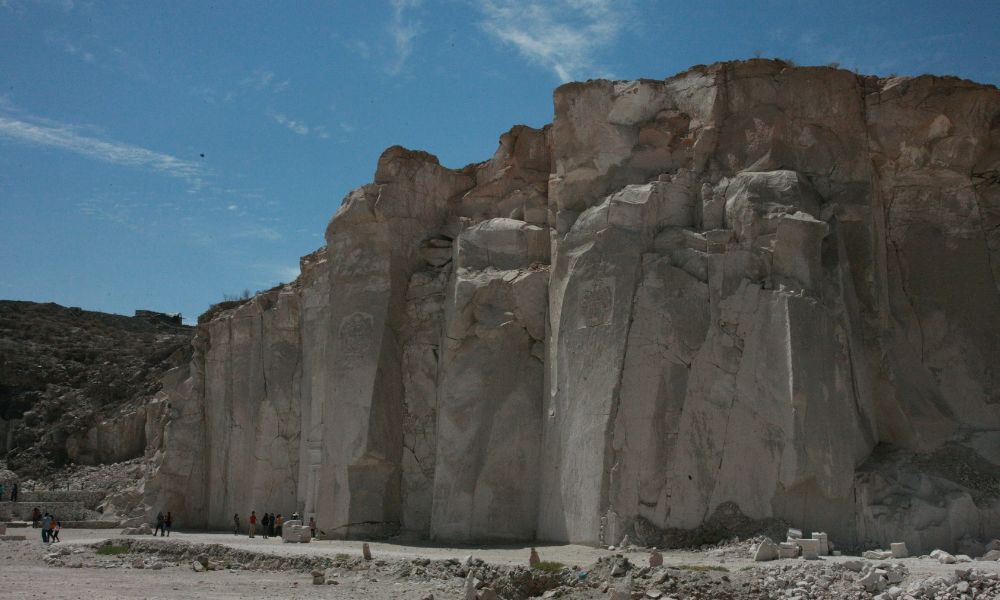Understanding some of the industry-specific nuances is important if you’re in the mining industry, like the differences between hard rock and soft rock mining. Both kinds of mining are crucial to keeping the world running, but there are distinct nuances you must understand. Each mining type has unique characteristics, and you can confidently make informed decisions for your mining operation when you understand them.
Hard Rock Mining
Hard rock mining involves extracting minerals and ores found in solid formations, such as granite or shale. This type of mining typically requires drilling and blasting techniques to access the valuable resource deposits deep underground. As a result, hard rock mining is often known for being more labor-intensive, necessitating specialized equipment capable of handling challenging materials.
Soft Rock Mining
On the other hand, soft rock mining entails the extraction of minerals and ores found in softer formations, such as sandstone or coal. This type of mining usually involves digging and employing heavy machinery to separate valuable resources from the surrounding materials, in contrast to hard rock mining.
Geological Differences
The resource deposits’ geology is one of the main distinctions between hard rock and soft rock mining. Hard rock mines typically have deeper and more complex deposits, requiring meticulous exploration and extraction techniques. Soft rock mines, on the other hand, tend to have shallower deposits that are relatively easier to access.
Extraction Methods
Due to the variations in geology, mining companies must use different extraction methods for hard rock and soft rock mining. As mentioned earlier, hard rock mining involves drilling and blasting, which allows for the retrieval of minerals and ores from solid formations. Conversely, soft rock mining relies on digging and utilizing heavy machinery to extract valuable resources from softer formations.
Differences in Equipment Needs
The divergent extraction methods used in hard rock and soft rock mining also require different equipment types. Hard rock mines typically require larger and more specialized machinery capable of handling the challenging materials found in solid formations. Soft rock mines may use standard equipment due to the geologic materials’ more pliable nature.
Safety Concerns
While both types of mining carry inherent safety risks, hard rock mining poses a higher risk of cave-ins and other accidents due to the deposits’ depth. Soft rock mining may have fewer physical hazards but still requires precautions to mitigate risks associated with exposure to hazardous materials.
The differences between hard rock and soft rock mining are numerous but success can be easy for you and your mining operation when you understand those differences. You can mine quickly, efficiently, and safely with the right understanding of your industry and the right parts and DANA transmissions from your mining equipment supplier, Bull Powertrain.

